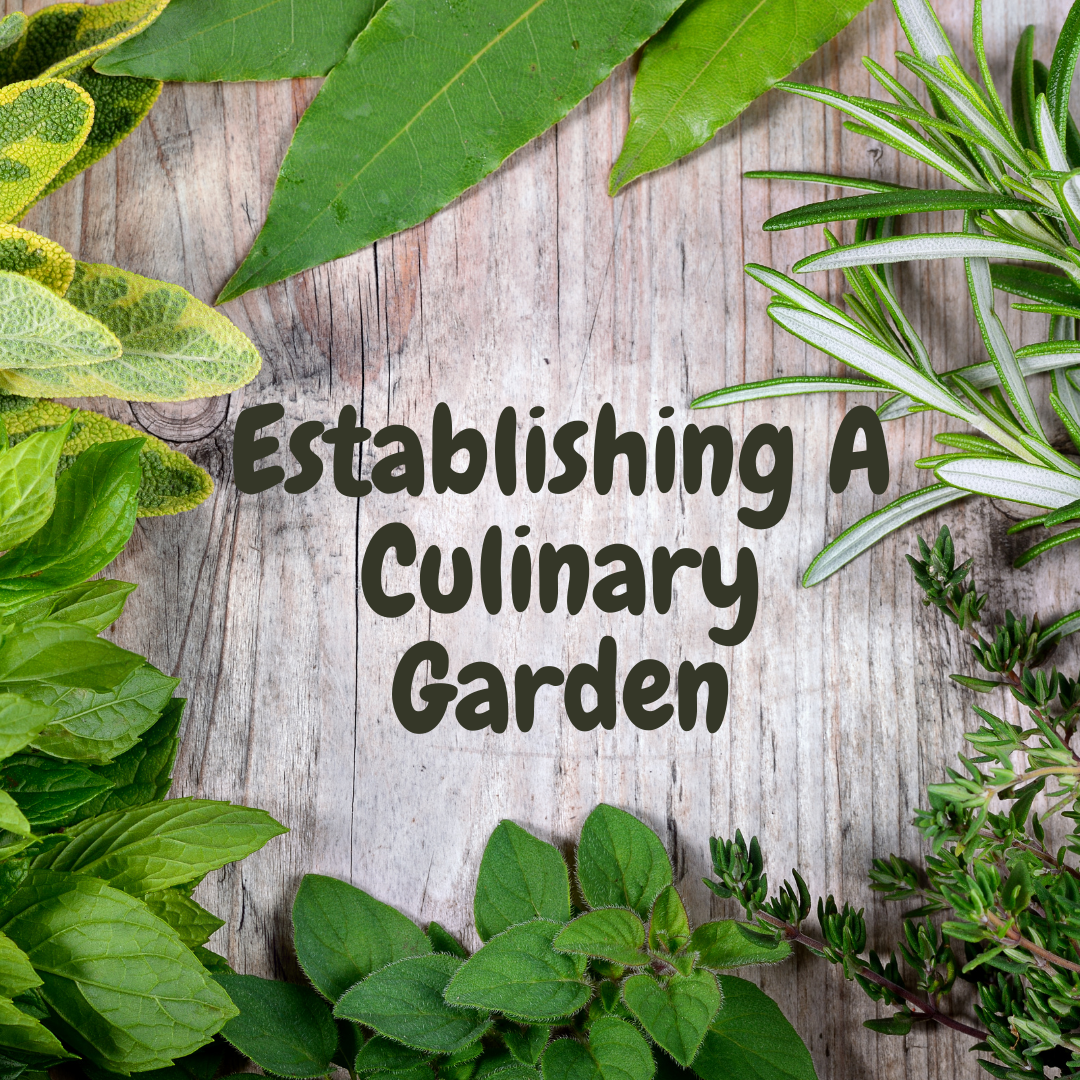By Ruvimbo Jeche
Culinary herbs combine the beauty and fragrance of flowers with the benefit of nutrition, adding flavor to your cooking, and providing a variety of medicinal uses. Herbs can be grown on their own, tucked into existing garden beds, planted into a specially designed bed, or even grown indoors.
Preparing a culinary garden
Site
Herbs have different cultural requirements but as a rule, herbs are easy to grow, tolerating a wide range of soils and growing conditions. Preferably, select a warm, sunny site with good soil drainage and few weed problems.
Field-Grown Cut Herbs
Herbs do best in full sun, in a protected location on well-drained sandy-loam soils away from competing plants. In general, field-grown herbs can be produced using similar cultivation techniques used for standard or organic vegetable crops.
Protected Cultivation Cut Herbs
Herbs can be grown in soil beds under protected cultivation (i.e. greenhouse or high tunnels). Container-Grown Fresh Herbs
Fresh herbs can be produced in containers as point-of-sale garden transplants or for fresh kitchen herbs at farmers markets or groceries or subsistence use at home. Container-grown fresh herbs are most commonly produced under greenhouse conditions.
Growing Herbs Indoors
Herbs grown indoors require full sun, high humidity, warm days (10–25ºC) and cool nights (15ºC). The amount of sun that you ge from the chosen window will dictate which herbs to select. Fortunately, most areas in Zimbabwe are generally sunny. Good choices are thyme, coriander, basil, lemon verbena, dill, parsley, sage and rosemary. Shade tolerant plants include parsley, peppermint, and lemon balm and Cuban oregano.
SELECTION:
Herbs can be classified as annuals, biennials or perennials, depending on the variety of herbs is one is growing and the climate in which it is grown. Select herbs so that you have a variety of shapes, textures, scents and leaf forms.
PROPAGATION
Herbs can be grown from root division, transplanting, and direct seeding and from seedlings.
SPACING:
Space requirements depend on how much variety you want, what you plan to do with the herbs, and how many of the herbs are perennial. A four-by-five foot bed accommodates about 15 different herbs.
DESIGN:
If space is available, plant herbs as a series of beds, creating a geometric form like a square. The plants will vary in each bed, but an overall design adds ease to harvesting and has an startling effect.
CARING FOR HERBS
There are limited pesticides available for field and greenhouse herb production. Weed control in outdoor beds or under protected cultivation is accomplished through hand hoeing and mechanical cultivation.
• Most herbs do not require highly fertile soils. Work your soil well by loosening it with a garden spade or fork, and mix in some finished compost before planting.
• Water herbs when the soil is dry three inches down into the soil, and then water thoroughly.
• To encourage new growth and extend your harvest, pinch off any flowers as they start to show.
• Apply a straw mulch to protect the roots of perennial herbs that remain in place over the winter. Some tender perennials will not survive winter outside (potentially rosemary) and must be dug up in the fall, potted and grown inside during winter.
HARVEST AND STORAGE
The proper stage of harvest will depend upon a number of factors, including the type of herb and market. Herbs are hand-harvested and then washed, weighed, and packaged. Both wind and heat disperse essential oils quickly, and fewer oils are produced on excessively wet days. So choose a calm, dry morning, and pick just after the dew has dried from the leaf. Most herbs will have maximum oil content just before the flower opens, so this is a good time to harvest. For a mid-season harvest do not take more than one third of the plant foliage at one time. The plant needs sufficient foliage to re-grow vigorously. Check the foliage for insects and damaged leaves. If necessary, rinse the foliage in tepid water, and pat dry with paper towels. Herbs can be preserved in three ways: freezing, drying, or in a medium such as vinegar or salt. (Note: To prevent contamination do not preserve herbs in oil.)
BEWARE!!
Herbs establish themselves aggressively and outcompete other plants. Herbs that are self-seeding or spread by runners or rhizomes are potentially aggressive and can be controlled by planting in a container. Mint, evening primrose and borage are common culprits.

